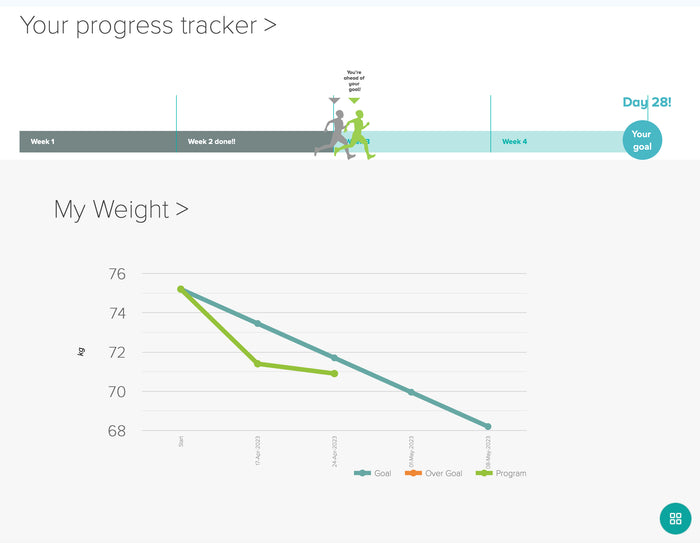How Your Nervous System Shapes Your Health
Most of us don’t give much thought to what’s happening in our body from moment to moment. We breathe, our heart beats, our food digests - and all of this happens without us having to consciously direct it. Behind the scenes, there’s a built-in “conductor” making sure everything runs smoothly. This is called the autonomic nervous system (ANS).
The ANS oversees countless vital processes - your heartbeat, blood pressure, breathing rate, digestion, metabolism and even how your body manages blood sugar. In short, it’s the control centre that helps you survive and thrive.
The Two Sides of the ANS
The autonomic nervous system has two main branches, and your health depends on how well they work together.
-
Sympathetic Nervous System (SNS)
You may have heard this called “fight or flight”. When you face stress, danger, or even a big deadline, this system fires up. Heart rate and blood pressure rise, glucose is released into the bloodstream for quick energy, and digestion slows because your body is focused on getting you through the challenge. -
Parasympathetic Nervous System (PNS)
This is known as “rest and digest”. It helps your body calm down, repair, and recover. Digestion improves, nutrients are absorbed, and your body stores energy for the future. This system is essential for healing, metabolism, and long-term vitality.
Why Balance Matters
In modern life, many of us live in a near-constant state of fight or flight. Deadlines, financial stress, poor sleep, caffeine overload - they all keep our sympathetic system switched on. Over time, this imbalance can disrupt digestion, weaken immunity, and interfere with blood sugar and insulin regulation, setting the stage for metabolic issues and chronic disease.
The key is learning how to spend more time in rest and digest, giving your body the chance to heal, repair, and function as it should.
What Your Wearable Device Is Telling You
If you use a smartwatch or fitness tracker, you’ve probably noticed a measurement called HRV - Heart Rate Variability. This is a simple but powerful window into your nervous system.
- Higher HRV generally means your body is flexible, resilient, and able to switch smoothly between fight or flight and rest and digest.
- Lower HRV can be a sign of chronic stress, poor recovery, or an overworked sympathetic system.
Monitoring HRV over time helps you understand whether your lifestyle choices - sleep, nutrition, exercise, stress management - are supporting your nervous system balance.
How to Support Your Nervous System
The good news is, you can nudge your nervous system back into balance. Simple strategies include:
- Practising slow, deep breathing to signal safety to your body.
- Prioritising quality sleep to strengthen recovery.
- Moving your body daily with a mix of activity and rest.
- Managing stress through mindfulness, journalling, or time in nature.
- Eating in a way that avoids constant blood sugar spikes.
Your nervous system is always working for you - but it works best when you give it the right environment. By supporting this hidden “conductor”, you’ll be giving your body the best chance at lasting metabolic health and resilience.
























